One question I’m often being asked is whether Vienna Lager from 100% Vienna malt is actually correct because when you look at beer style guidelines (most, often, the BJCP style guidelines), the minimum colour is often darker than what you’d get from just using Vienna malt.
This seems to have caused insecurities even among seasoned brewers who are otherwise well-informed about historic styles, as they sometimes get confronted by know-it-alls in their brewery taprooms.
One thing I always need to point out and remind people of is that style guidelines are primarily for competitions. They are neither prescriptive (there’s no beer police that will arrest you for brewing something out of style!) nor exhaustively descriptive. They define a subset to set the limits specifically for brewing competitions. You can brew whatever you want, even if it doesn’t match any specific style. That’s how new beer styles get created!
One criticism of mine in the context of Vienna Lager is that style guidelines (in particular BJCP) aren’t exhaustive enough to include historic Vienna Lager. That means that a historically accurate Vienna Lager probably wouldn’t fare well in a beer competition, most likely because it’s paler than what the style guidelines say.
But there’s hope on the horizon: when the Brewers Association (BA) released their 2024 style guidelines, I of course had to look at what they say about Vienna Lager. To my surprise, the minimum colour in the BA guidelines was 12 EBC, which is roughly what you get from 100% Vienna malt at 12-13°P OG. Finally somebody got it right.
I then noticed that this wasn’t even a recent change, so I looked at all the important specs (min/max OG, min/max FG, min/max ABV, min/max bitterness, min/max colour) from 2014 until 2024.
The change in minimum colour already happened in 2022 when it was set as 12 EBC, down from 20 EBC the year before. Before 2017, it was even as high as 24 EBC.
In terms of bitterness, this has always been the same (22-28 IBU), same for ABV (4.8-5.4%) and OG (11.4-13.8°P). Only in 2024, the FG range somewhat changed: before that, it was 3.1-4.6°P, but since the 2024 version, this has been somewhat narrowed to 3.1-3.9°P.
A historic Vienna Lager, like it was likely brewed in the 1870s, with its 4.6% ABV, 13.25°P OG, 4.25°P FG and 12 EBC colour would fall just slightly outside of these style guidelines, but probably be close enough so that this wouldn’t be noticed during a blind taste test.
It most definitely is a major improvement compared to what the BA style guidelines used to be 10 years ago, or even compared to the most recent BJCP style guidelines.
So if you’re a brewer and you face the problem that your Vienna Lager from 100% Vienna malt and otherwise inspired or informed by historic Vienna Lager brewing is claimed to be “out of style” outside of a competition, just point people to the latest Brewers Association style guidelines.

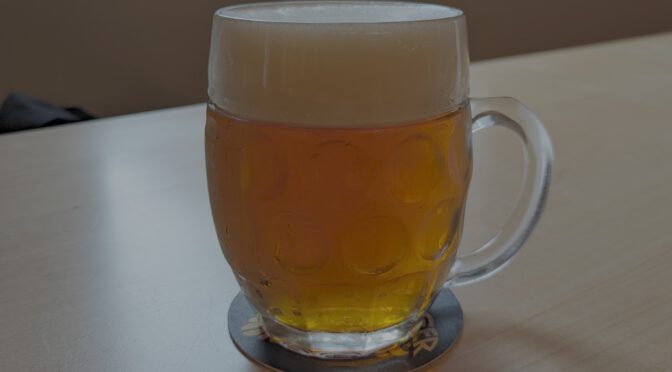
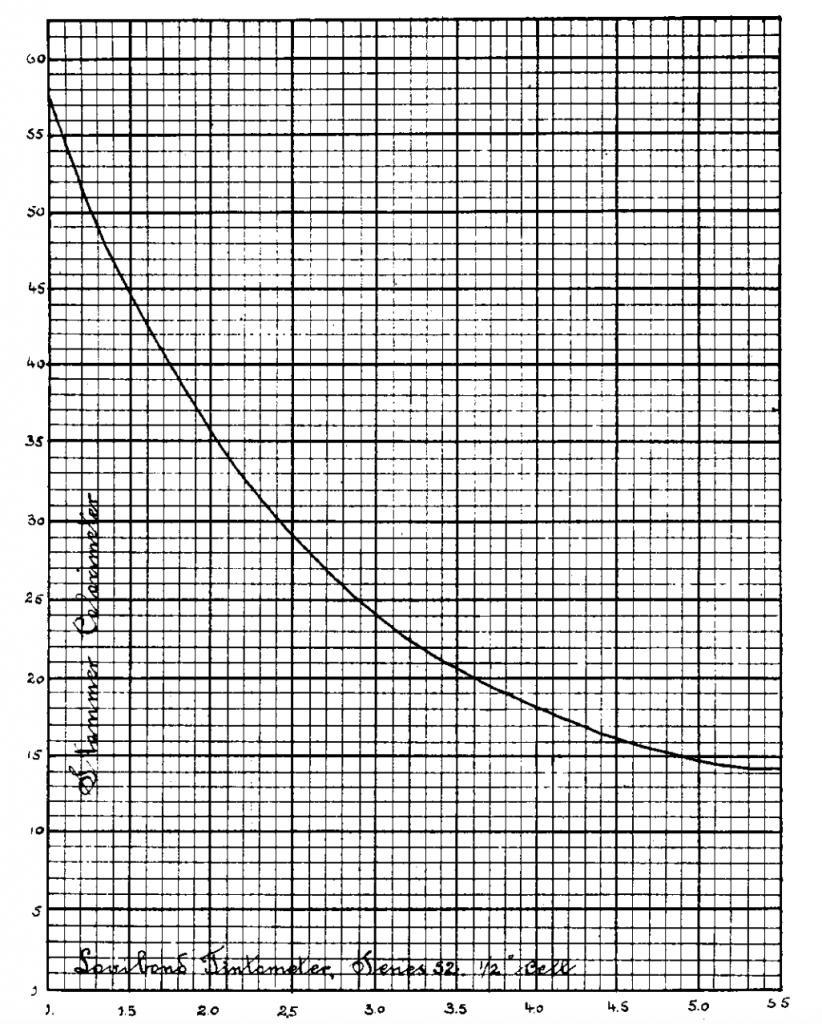
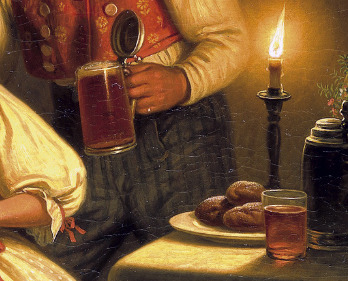 This first example is from a painting depicting a Bavarian pub scene in 1855. One man holds a glass of reddish-brown beer with an off-white head. It’s not clear whether the glass on the table also contains beer, but if it is, looks slightly paler due to the smaller size of the glass.
This first example is from a painting depicting a Bavarian pub scene in 1855. One man holds a glass of reddish-brown beer with an off-white head. It’s not clear whether the glass on the table also contains beer, but if it is, looks slightly paler due to the smaller size of the glass.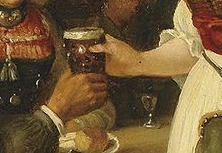 This example shows a Stammtisch scene from 1872 with the waitress handing the customer a glass of dark brown, almost black beer, with a distinctly white head.
This example shows a Stammtisch scene from 1872 with the waitress handing the customer a glass of dark brown, almost black beer, with a distinctly white head.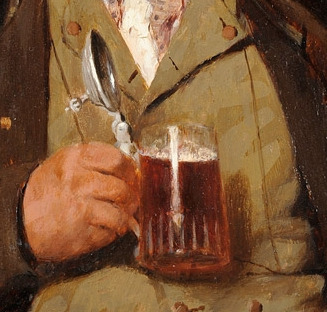 This picture from 1877 again shows a bright, reddish-brown beer, almost bordering on a dark amber.
This picture from 1877 again shows a bright, reddish-brown beer, almost bordering on a dark amber.
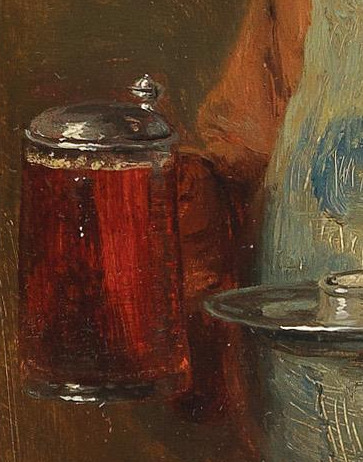
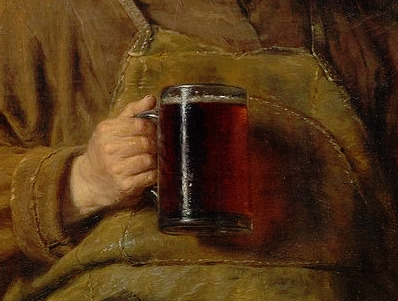 …and the same goes for these examples from 1885, 1888 and 1912. Noticeable in all three is a kind of glow, coming from a bright beer served in glassware, which, in my opinion looks mouthwatering. I would happily want to try one of these beers!
…and the same goes for these examples from 1885, 1888 and 1912. Noticeable in all three is a kind of glow, coming from a bright beer served in glassware, which, in my opinion looks mouthwatering. I would happily want to try one of these beers!
 The last two examples are slightly different: both from 1916, they show Austrian-Hungarian soldiers being served beer. The beer has an amber to golden colour, and is distinctly paler than in the other pictures that I showed here. Both are from brewery ads (the top one from the Hungarian Dreher brewery, the bottom one from Hütteldorfer brewery, Vienna), and mostly reflect the ongoing change in beer fashion at that time, while the previous examples are mostly from pictures painted by artists situated in Bavaria, where brown beer remained fashionable for longer than in most other places.
The last two examples are slightly different: both from 1916, they show Austrian-Hungarian soldiers being served beer. The beer has an amber to golden colour, and is distinctly paler than in the other pictures that I showed here. Both are from brewery ads (the top one from the Hungarian Dreher brewery, the bottom one from Hütteldorfer brewery, Vienna), and mostly reflect the ongoing change in beer fashion at that time, while the previous examples are mostly from pictures painted by artists situated in Bavaria, where brown beer remained fashionable for longer than in most other places.